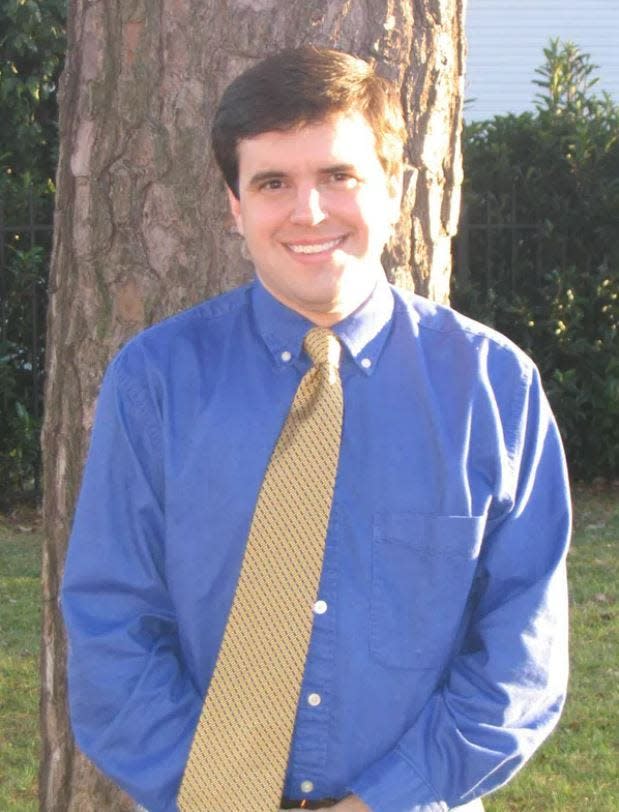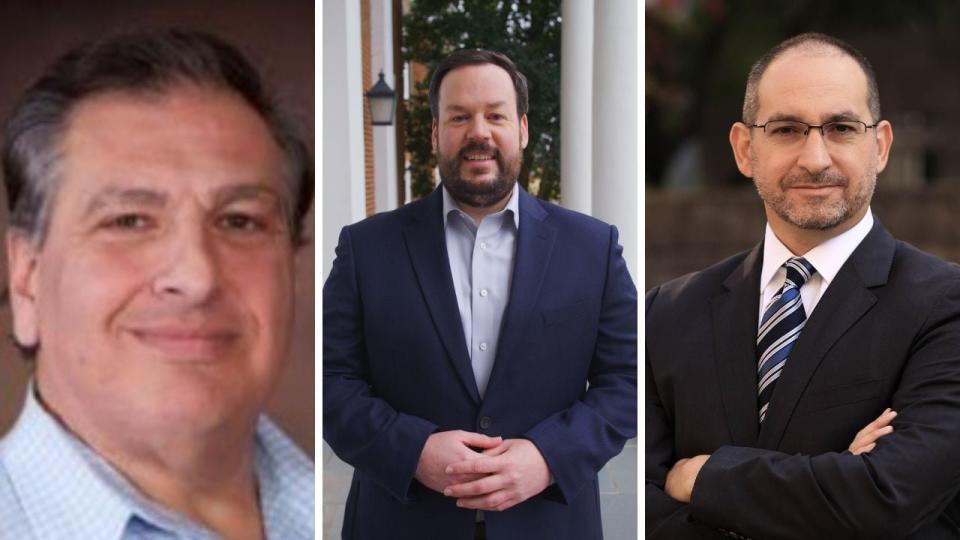Many historical figures make an impact in multiple fields. For Dr. Roland Vela, an intense curiosity about the world as well as a drive to serve others became the defining characteristics of his life. He spent a decades-long career making important discoveries in science and helping to make his community a better place for all.
Gerard Roland Vela was born in Eagle Pass in September 1927. While he was still young, the family moved to San Antonio. As a youngster, he was a voracious reader and sold newspapers. He later recounted how people swarmed around him to get the latest news after the Japanese attack on Pearl Harbor in 1941.

Like many young men of his generation, he was anxious to volunteer and to defend the country. At the age of 15, he volunteered for the Texas State Guard. In 1944, he was still 17 and still too young to enlist. However, he convinced his parents to sign the necessary release forms so he could sign up for the Navy. He formally enlisted in June 1945. He was assigned to the naval base at Seal Beach, California, where he worked on a tugboat. Vela earned his GED while in the service. He was honorably discharged in July 1946, still just 18 years old.
Vela returned to San Antonio and noted in a 2007 interview that he tried to finish high school with a number of other returning young veterans. However, it was hard for a worldly Navy veteran with salty stories from the service to fit in with students who were still young teenagers. He was kicked out for behavioral issues. Wanting to continue his education, he enrolled at San Antonio College. He was initially on academic probation, but within a semester, he was on the honor roll.
In 1948, he earned his associates degree and transferred to the University of Texas. After taking a course in bacteriology, he decided to choose it as his major. He worked a series of jobs to support himself, including caddy, mechanic, and hospital orderly. He completed his bachelors degree in bacteriology with a minor in chemistry in 1950. He completed his masters degree in one year, a pace that left him studying and working from 7 a.m. to midnight every day, he recalled.
He met a nursing student, Emma Codina, while at UT. The two married in 1953. The couple would have four children together. After finishing his masters degree, Vela worked as a chemist in San Antonio.
Vela soon returned to graduate school and completed his doctorate in microbiology in 1963.
In 1965, North Texas State University (later the University of North Texas) hired him as a microbiology professor, and he moved to Denton. The small university was mostly known for its teaching and music programs, but Vela and his colleagues worked to expand its reputation for scientific research.
Vela quickly earned respect from his colleagues at the university and throughout the field. He secured a number of research grants to work with NASA, the National Institute of Health, and the National Science Foundation on a number of research projects. In 1975, colleagues elected him to the prestigious American Academy of Microbiology. In 1985, the university promoted him to associate dean.
Through his research, he discovered a new species of bacteria. It was named after him, given the scientific name of Paenibacillus velai. It is a type of bacteria found to help adjust nitrogen levels in the soil. The research of Vela and others showed that this particular species of bacteria could have many uses in the food and pharmaceutical industries. As it is not a disease-causing type of bacteria, it is considered safe for any lab use, making it relatively easy for scientists to study.
Vela was in high demand from colleagues. He regularly traveled to deliver lectures and served as a visiting professor at universities across the United States and around the globe. He supervised dozens of graduate students, helping them complete their degrees and shaping the future leaders of the profession. He wrote two respected books on microbiology, including Applied Food Microbiology (1997).
Aside from his research in the lab, Vela was well-known for a multitude of other interests. He was fascinated by history and wrote two books on historical figures, including Gen. Antonio Lopez de Santa Anna and Spanish Viceroy Bernardo de Galvez. He enjoyed participating in historical re-enactments, particularly re-enacting battles from the American Revolution. For years, he led a group called the Denton Forum, a group of local intellectuals from many different walks of life who would periodically gather to discuss important questions of science, philosophy, and ethics.
He became a fixture in the Denton community through the years, helping with programs to help minority students improve their academic performance at the middle-school and high school levels to prepare them for college. He served on the local airport advisory board, worked with a host of local charities, and served on the Board of Directors of the Texas Municipal Power Agency. He became the first Latino elected to the Denton City Council, serving two full terms.
By the time he retired from UNT in 2000, he had published four books and 75 scientific articles that had appeared in the leading scientific journals. He donated his extensive library of books, articles, bacteria slides, and research materials to the university. In 2000, he was listed by Latino Monthly as one of the top Texas Latino scientists of the twentieth century. Vela passed away in January 2021 at the age of 93, widely respected among scientists and the Denton community.
Ken Bridges is a writer, historian and native Texan. He holds a doctorate from the University of North Texas. Bridges can be reached by email at drkenbridges@gmail.com.
This article originally appeared on Lubbock Avalanche-Journal: Bridges: Dr. Roland Vela remembered as a top Texas Latino scientist
Signup bonus from




